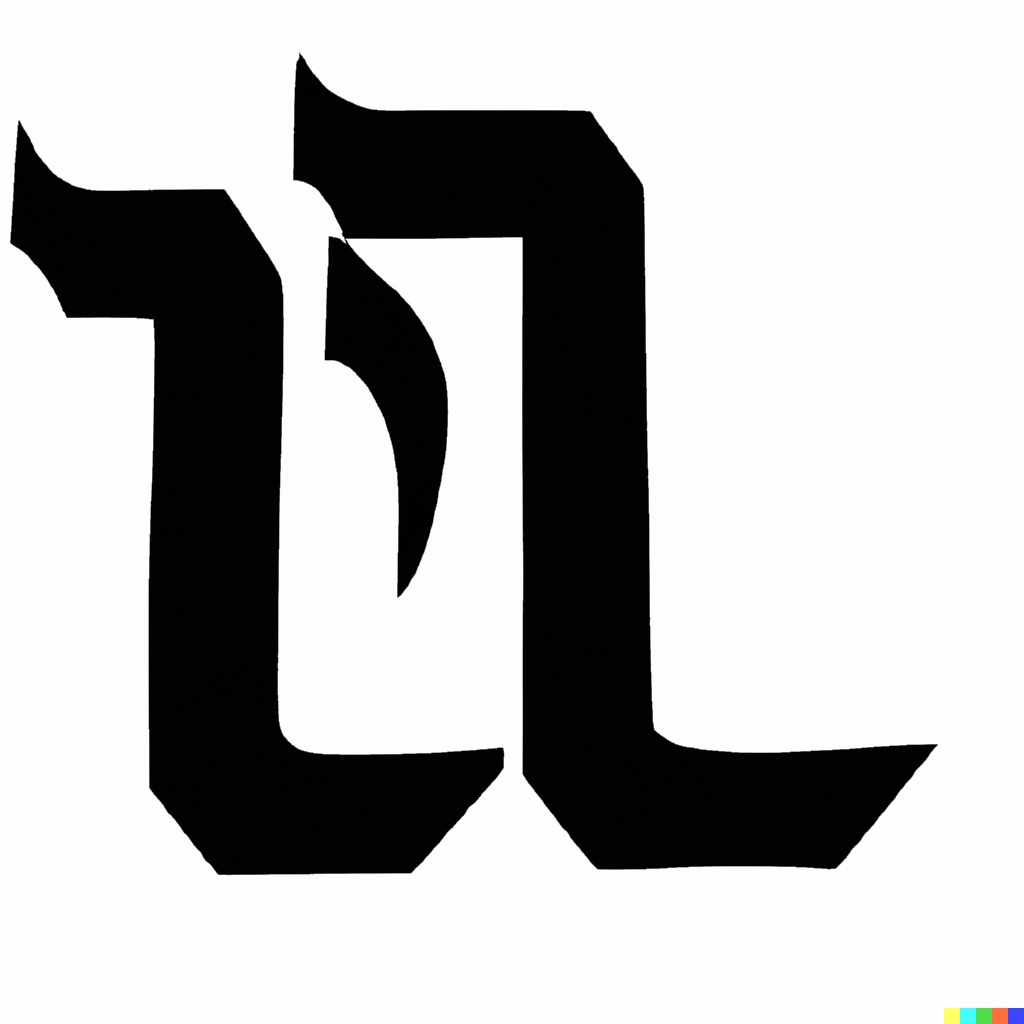The Mishnah is the first major work of rabbinic literature, consisting of teachings transmitted over hundreds of years and compiled around 200 CE. Mishnah Berakhot (“Blessings”) discusses the laws of prayers, focusing on the Shema, the Amidah, and blessings, including those recited in the context of eating.
The Talmud is the textual record of generations of rabbinic debate about law, philosophy, and biblical interpretation, compiled between the 3rd and 8th centuries and structured as commentary on the Mishnah. Tractate Berakhot (“Blessings”) is part of the Talmud and discusses the laws of prayers, focusing on the Shema, the Amidah, and blessings, including those recited in the context of eating.
It was stated: Rabbi Yosei, son of Rabbi Ḥanina, said: The practice of praying three times daily is ancient, albeit not in its present form; prayers were instituted by the Patriarchs. However, Rabbi Yehoshua ben Levi said that the prayers were instituted based on the daily offerings sacrificed in the Holy Temple, and the prayers parallel the offerings, in terms of both time and characteristics.
Tractate Megillah (“Scroll”) is part of the Talmud and discusses the laws of public reading of sacred texts and prayers.

Redemption begins with wisdom (#4), not the wisdom of a single person, trained and some academic specialty, but the wisdom of all Jews together, who realize the cardinal importance of repentance (#5). Repentance (#5) needs to forgiveness (#6). Believing that a national tragedy like the defeat at the hands of Rome was a consequence of sin, it followed (for the Rabbis) that if our sins are completely forgiven, redemption from Roman rule would result. The Amidah is first and foremost about the promise of redemption, a state of Jewish independence from all tyranny, when God and God alone will rule the world and perfect justice. National forgiveness (#6) thus leads inextricably to Israel‘s redemption (#7), which has a number of stages to it, all of which follow in Blessings 8 to 15.
First, human pain and suffering will cease (#8, the blessing for restored health). Human health is paralleled by a restoration of the health of the land of Israel, once known as a "land of milk, and honey," but by rabbinic times very largely a desert, with even its most arable land, the Galilee, largely destroyed as a result of the war. The benediction for health (#8) therefore, leads to #9, a petition for "years" (agricultural fertility in the Land of Israel), a necessary next step in preparation for the most important part of the redemptive promise: the gathering of the exiles (#10), who would have to live off the produce of a restore land. The returning exiles were expected, first and foremost, to replace Roman rule with Jewish judges dedicated to the rule of justice (#11). The first act of the restored Jewish judiciary would be to level punishment upon the heretics who had so troubled Israel during Roman times (#12) and, equally, to reward the just had suffered so, but who would be vindicated at the end of time (#13). With a land restored to its pristine productivity, ruled by God's just representatives, and populated only by the righteous, Jerusalem would at last be rebuilt (#14) and the scion of David restored to his rightful messianic throne (#15). The Palestinian version of the Amidah, the one with only 18 blessings, combines the last two notions into a single culminating vision, but the idea is the same. Redemption ends with the restoration of the holy city under resumed messianic rule. The entire hope is capped by a final plea for it all to come to pass: "Oh, God, here our prayer" (#16).
... A clearer statement of rabbinic political theory could not be imagined.




